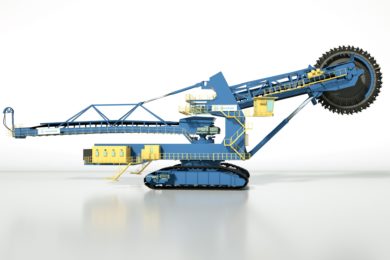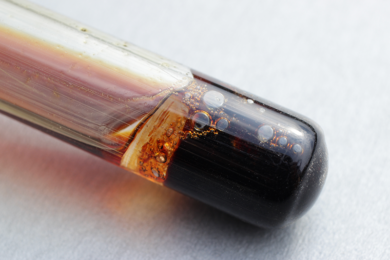thyssenkrupp Industrial Solutions, a leading partner for the engineering, construction and service of industrial plants and systems, has signed a contract to supply a large-scale continuous mining system to Italian-Thai Development PLC (ITD). ITD is Thailand’s leading integrated construction firm with wide experiences and expertise in construction activities. The mining system, including two newly developed barracuda bucket wheel excavators, will be used to remove overburden at the Mae Moh lignite coal mine in Northern Thailand. It is due to go into operation in spring 2020.
Torsten Gerlach, CEO of the Mining Technologies business unit at thyssenkrupp Industrial Solutions: “The barracuda compact bucket wheel excavator is one of our recent innovations for the mining industry. We are pleased to see this new technology supporting ITD’s future open-pit operations, contributing to a more efficient and cost-saving environment. As with all our mining solutions, this builds customer value by increasing yields while minimising impacts.”
Mae Moh mine is the largest open-pit lignite mine in Southeast Asia. It is located some 600 km from Bangkok, in Lampang province in the north of Thailand. The new mining equipment, with capacities of up to 18,000 t/h, will be used to remove, convey and dump overburden. Two barracuda compact bucket wheel excavators with belt wagons and hopper cars will be supplied by thyssenkrupp, as well as two spreaders with tripper cars. Within the scope of the order thyssenkrupp will take care of engineering, procurement, construction and commissioning of the continuous mining system.
“Thanks to its continuous operation the new mining system will help reduce both operating costs and environmental emissions at the Mae Moh mine. This is made possible by the use of two barracuda bucket wheel excavators that are able to work in hard material layers. Combined mining and loading of material by a single machine eliminates the need for blasting and separate loading operations.”










